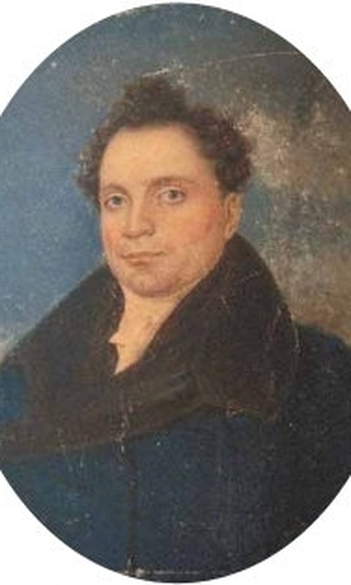Healing Professions Workshop II.
Summary of János Ugrai's presentation

In last Friday's workshop seminar of our research group entitled Healing Professions Workshop, János Ugrai gave one of the presentations entitled Physicians, Healers at the reform-era Academy. The lecture was included in the seminar programme as one of the first "partial reports" of a recent research project, which started only almost a year ago. The research uses collective biographical methods to examine the membership of the Academy in the reform era and in the 1850-60s, and focuses on two of the possible analytical aspects. On the one hand, it analyses the internal proportions of Academy members along the lines of geographical ties and affiliation to intellectual centres, and thus the position and prestige of each centre in relation to the others. On the other hand, by bringing together representatives of certain disciplines and professions, it examines the role played by the Academy in the development of the scientific and professional circles concerned.
Friday's lecture was related to the latter approach, when János Ugrai defined the set of reformed academics who were knowledgeable in medicine. In the reform era, the Hungarian Scientific Society included nearly 240 scientists, artists (publicists, patrons, politicians, etc.). Just one tenth of these people had a medical degree and/or practised medicine and/or published papers on medicine. These three criteria were met simultaneously by only 17 out of 24 people - they can be considered 'real' physicians. They are those who have already reached a high level of professional separation and professionalisation. Almost all of them completed their medical studies in Pest, and only half of them went on to universities abroad. It was rare among them to have a family background in medicine. In contrast, in almost all cases, there was a multiple occupation (practising medicine, founding and running a hospital, holding the title of county or city medical officer, editing journals or running a professional association, etc.), which determined the development of the profession in the long term.
The other seven are physicians, polyhistorians, or career leavers who have achieved excellence in some other field. Almost all of them met two of the above criteria at the same time. An exciting example is Ferenc Toldy, a literary historian who was at the forefront of the organisation and management of the Academy and the Kisfaludy Society, who studied medicine and regularly published articles of this kind - or the physician to Széchenyi and Kossuth, Pál Balogh Almási, a philosopher-historian and cave explorer. The role of these seven individuals is also outstanding in the creation of medical terminology, or in the dissemination of the medical vision, the medical point of view - although their polyhistorical function is reminiscent of a much earlier stage of professionalisation processes.

